What is the evidence for transmission of COVID-19 by children in schools? A living systematic review
- PMID: 33437465
- PMCID: PMC7774027
- DOI: 10.7189/jogh.10.021104
What is the evidence for transmission of COVID-19 by children in schools? A living systematic review
Abstract
Background: It is of paramount importance to understand the transmission of SARS-CoV-2 in schools, which could support the decision-making about educational facilities closure or re-opening with effective prevention and control measures in place.
Methods: We conducted a systematic review and meta-analysis to investigate the extent of SARS-CoV-2 transmission in schools. We performed risk of bias evaluation of all included studies using the Newcastle-Ottawa Scale (NOS).
Results: 2178 articles were retrieved and 11 studies were included. Five cohort studies reported a combined 22 student and 21 staff index cases that exposed 3345 contacts with 18 transmissions (overall infection attack rate (IAR): 0.08%, 95% confidence interval (CI) = 0.00%-0.86%). IARs for students and school staff were 0.15% (95% CI = 0.00%-0.93%) and 0.70% (95% CI = 0.00%-3.56%) respectively. Six cross-sectional studies reported 639 SARS-CoV-2 positive cases in 6682 study participants tested [overall SARS-CoV-2 positivity rate: 8.00% (95% CI = 2.17%-16.95%). SARS-CoV-2 positivity rate was estimated to be 8.74% (95% CI = 2.34%-18.53%) among students, compared to 13.68% (95% CI = 1.68%-33.89%) among school staff. Gender differences were not found for secondary infection (OR = 1.44, 95% CI = 0.50-4.14, P = 0.49) and SARS-CoV-2 positivity (OR = 0.90, 95% CI = 0.72-1.13, P = 0.36) in schools. Fever, cough, dyspnea, ageusia, anosmia, rhinitis, sore throat, headache, myalgia, asthenia, and diarrhoea were all associated with the detection of SARS-CoV-2 antibodies (based on two studies). Overall, study quality was judged to be poor with risk of performance and attrition bias, limiting the confidence in the results.
Conclusions: There is limited high-quality evidence available to quantify the extent of SARS-CoV-2 transmission in schools or to compare it to community transmission. Emerging evidence suggests lower IAR and SARS-CoV-2 positivity rate in students compared to school staff. Future prospective and adequately controlled cohort studies are necessary to confirm this finding.
Copyright © 2020 by the Journal of Global Health. All rights reserved.
Conflict of interest statement
Competing interests: The authors completed the ICMJE Unified Competing Interest form (available upon request from the corresponding author), and declare no conflicts of interest.
Figures

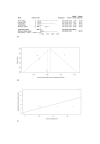
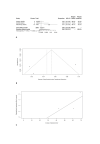
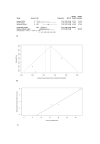
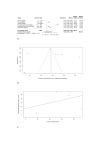
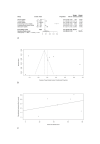
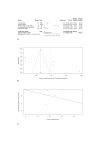
References
-
- WHO Coronavirus Disease (COVID-19) Dashboard. Available: https://covid19.who.int/. Accessed: 17 September 2020.
Publication types
MeSH terms
Grants and funding
LinkOut - more resources
Full Text Sources
Medical
Miscellaneous
